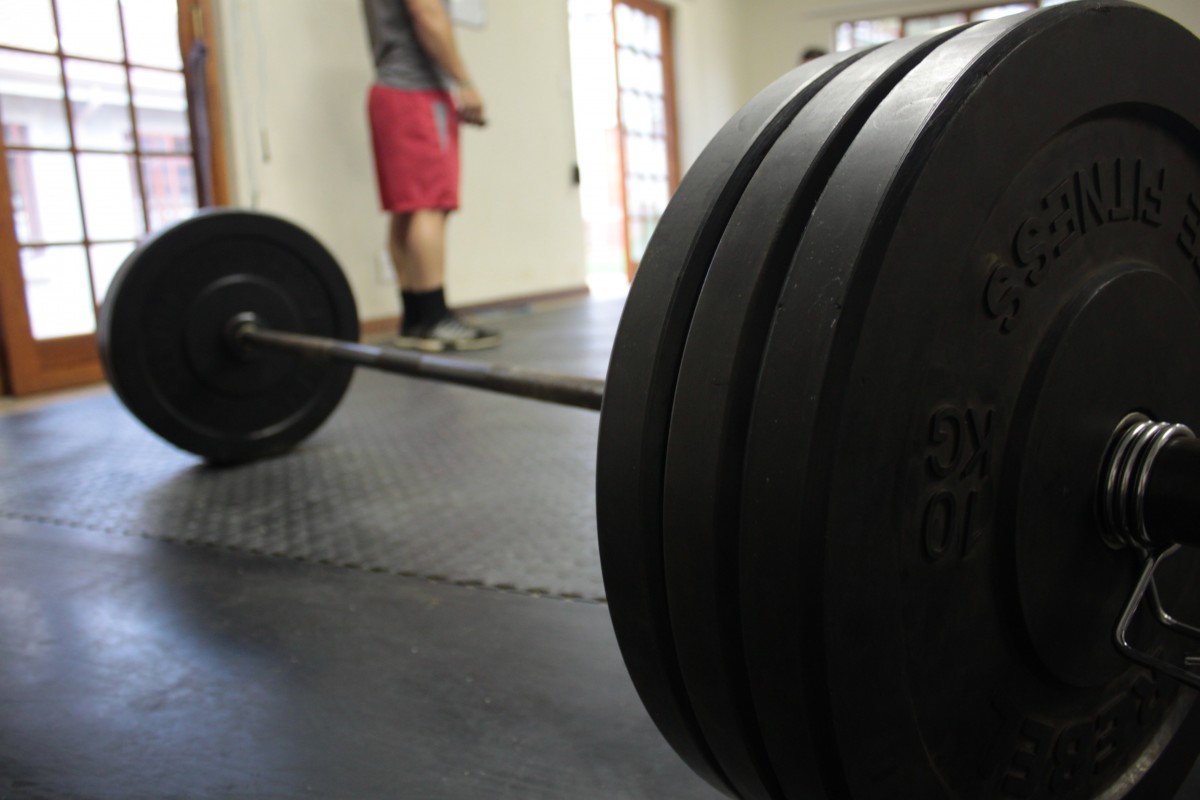Oct 10, 2018Olympic Plan
Olympic-style weightlifting might be more technical and learning-intensive than other types of strength training, but it can also be one of the most effective ways to develop motor skills and full-body conditioning. Antonio Squillante, NSCA-CSCS, Director of Sports Performance and Training at Velocity Sports Performance in Los Angeles and contributor to EliteFTS.com, explains how to incorporate Olympic-style weightlifting into your athletes’ training.
Squillante explains that Olympic-style weightlifting pushes athletes to learn new motor skills, which is fundamental to their development. They will develop more complex and coordinated movements as they work on these sophisticated skills, helping them to become better overall athletes. Learning how to properly perform snatches, cleans, and jerks requires time, effort, and lots of repetitions. This process creates a stable and reliable motor pattern that will prepare athletes for many of the challenges they will face in their specific sport.
There is often a misconception about the value of these exercises for young athletes, but Squillante says that this comes from the “fundamental lack of understanding of the intimate relationship between muscular strength and speed.” In reality, Olympic-style weightlifting exercises represent the most powerful movements that can be performed in a weightroom, and therefore provide “a very efficient way of teaching young athletes how to overcome inertia with speed.”
According to Squillante, it is the learning process that really makes a difference. When athletes learn how to properly perform these difficult movements, they will acquire the fundamental motor patters that are the building blocks for all kinds of sports-specific skills. These exercises are sophisticated and require coordination, balance, rhythm, and body awareness. Yet, when athletes master the snatch, clean, and jerk, they will be better able to master the skills required to succeed in their sport.
“Olympic-style weightlifting has been shown to display mechanical features that are common to the vast majority of athletic movement involving running, sprinting, and changing direction, as well as jumping and landing, throwing and catching,” he writes.
Athletes should go through various progressions before they work up to the full Olympic-style exercises. Squillante cites research that says if athletes have gone through the proper learning process, they should be ready to perform the snatch, clean, and jerk by the age of 17. If they have proper fundamental mechanics, athletes can start focusing on improving performance. Research has shown that there is a strong, positive correlation between performance in the snatch, clean and jerk, and linear speed, power, and agility among male and female athletes age 15 years and older.
As athletes develop more strength, they can use Olympic-style weightlifting movements to also improve their power output. While doing this, it’s important that there is also a focus on preserving optimal bar speed in order to further develop speed-strength, which Squillante calls “the most athletic-like expression of absolute strength.
“Olympic-style weightlifting exercises and their many derivatives cover the entire spectrum of strength development along the force-velocity curve,” he continues. “Because of a longer bar path, snatching requires a greater amount of speed to be performed, whereas cleaning and jerking are thought to be strength-oriented movements. Explosive in nature, these exercises represent the most athletic-like form of resistance training. By implementing Olympic-style weightlifting exercises with more traditional forms of resistance training and plyometric drills, young and adolescent athletes can fully develop their potential, while further improving performance in sport. As strength improves, so does the ability to sprint faster, jump higher, and lift heavier weights overhead.”




